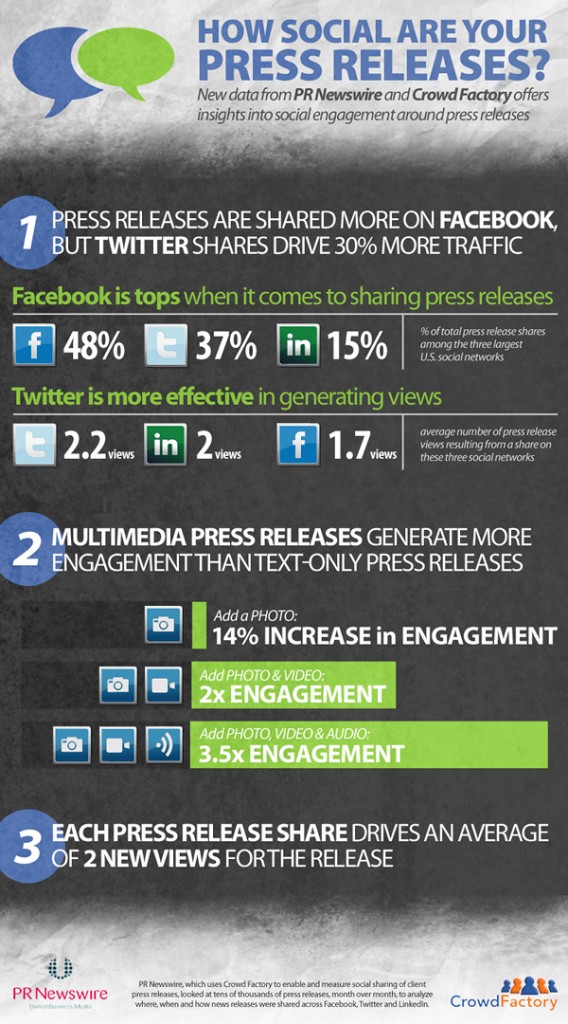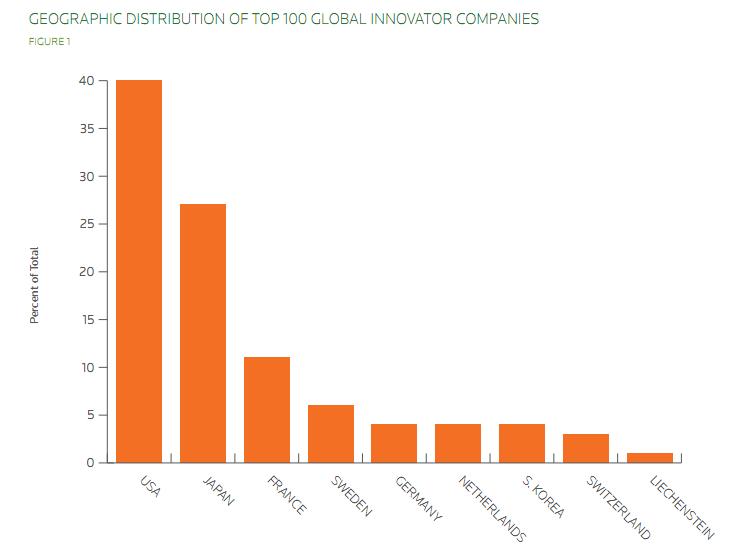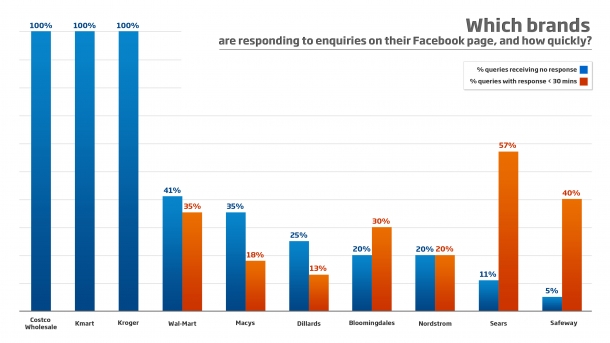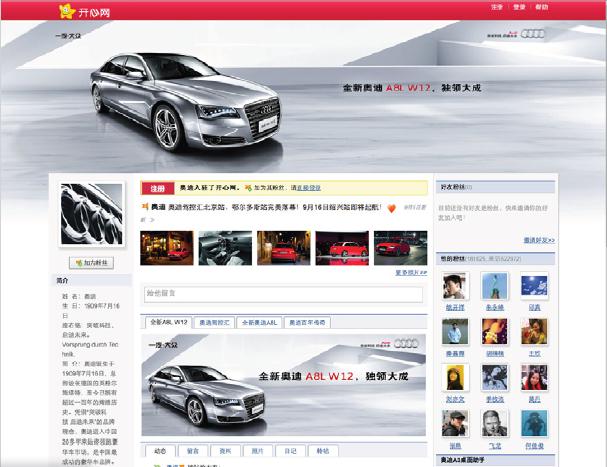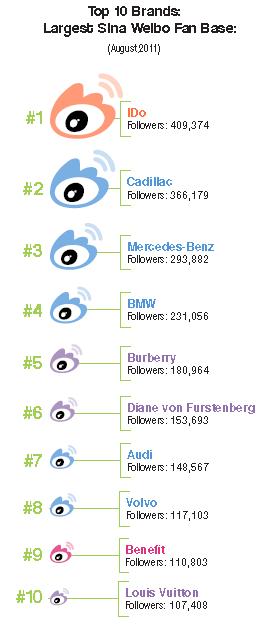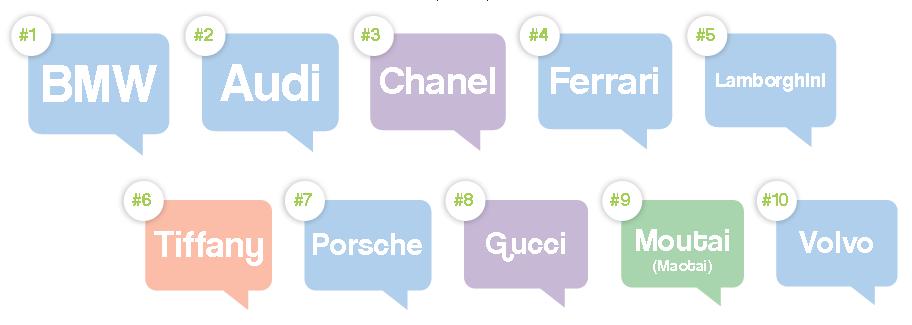The concept of social media releases and social media newsrooms is not new. By adding photos, videos and audio and easy sharing functionality, the chances that the content is spread across different social media channels increase. At least, that’s what we have been arguing for several years. Now there is also a study that confirms this notion.
PR Newswire and Crowd Factory looked at tens of thousands of press releases, to analyze where, when and how news releases were shared across Facebook, Twitter and LinkedIn. The findings are really interesting and I include the key conclusions from the analysis below:
1. Each press release share generates 2 new views; expands total audience by 70%.
Creating shareable content and enabling sharing capabilities through the relevant channels can dramatically increase the number of views for releases. PR Newswire and Crowd Factory found that each share generates an average of nearly 2 click-backs to the original press release. Additionally, sharing of press releases across social networks increases the total audience, or social reach, for this content by nearly 70 percent.
2. Press releases are shared more on Facebook, but Twitter sharing drives more traffic.
Among the three largest U.S. social networks, Facebook is tops when it comes to sharing of press releases: 48 percent of press release sharing happens on Facebook, 37 percent of sharing happens on Twitter and 15 percent happens on LinkedIn.
But not all shares are created equal: in spite of Facebook’s greater popularity for sharing, each share on Twitter actually drives about 30 percent more press release views than a share on Facebook.
3. Multimedia press releases generate 3.5 times more engagement than text-only releases.
Not surprisingly, multimedia press releases that include photos, videos or audio generate more views, shares and clicks than text-only press releases. Adding a photo to a press release increases engagement by 14 percent; adding a video and a photo actually doubles the engagement rate. Press releases that contain photos, video and audio generate the most engagement, with 3.5 times more engagement than text-only releases.
